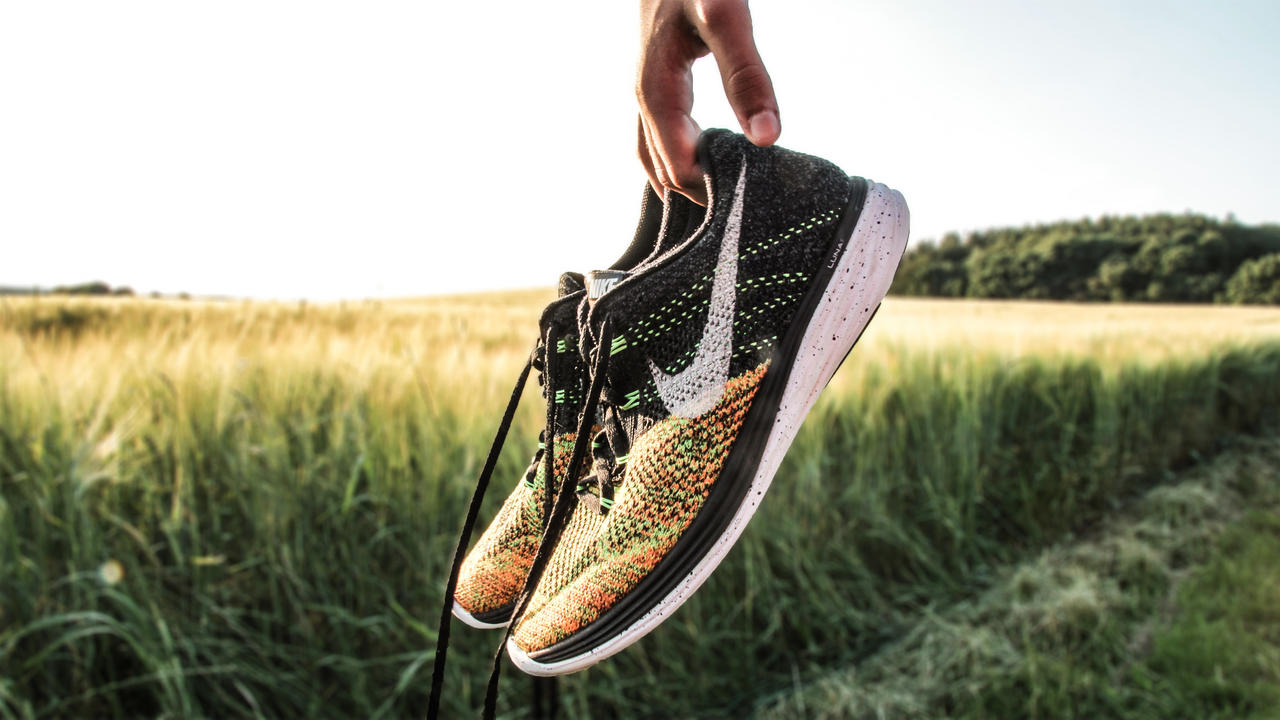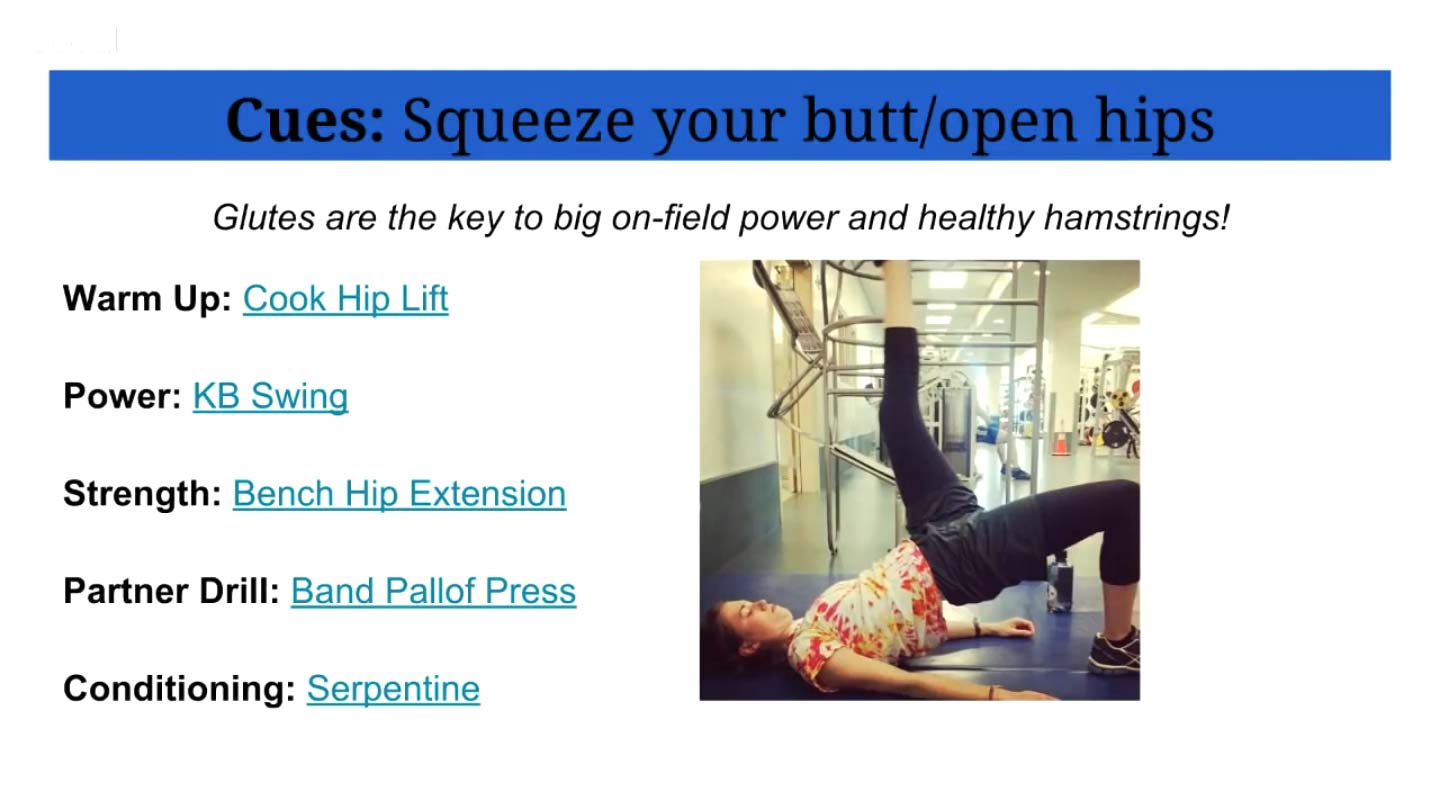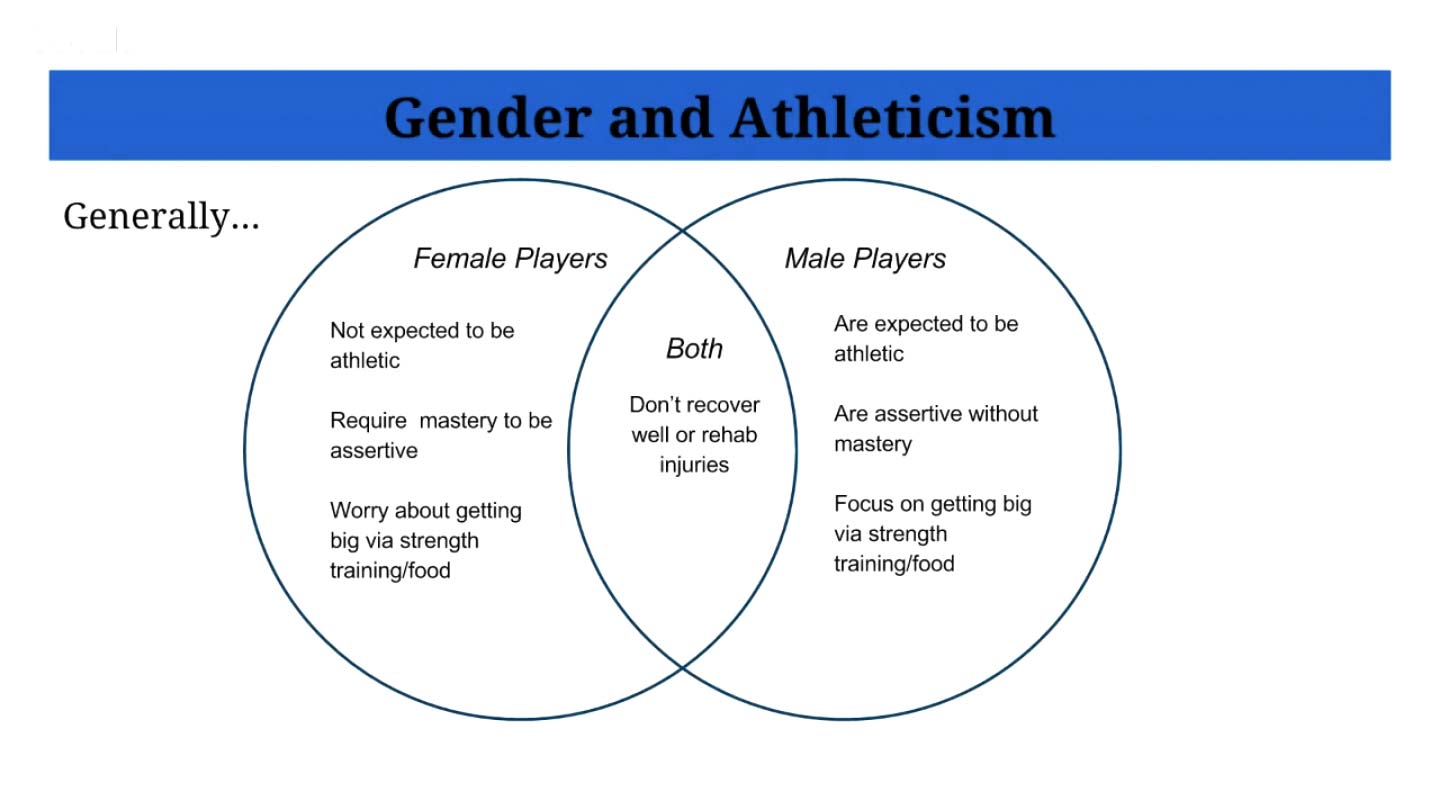4 Simple Ways to Create an Athletic Team Culture

Wondering what else you can do to become the best athlete on the field? After many requests our favourite trainer and coach, Ren Caldwell, has finally released her courses and lessons as a new virtual gym—RenFitness Virtual. If you want to be the best player you can be, sign up now (UAP members get a discount—check your weekly email or register here) to get loads of ultimate-specific training resources.
You’ve tackled tactics, technique, and strategy, but have you considered the foundational fuel of your players’ performance? Developing an athletic team culture provides crucial benefits for both men and women and provide a base on which to build their skills.
Thanks to Ren’s impressive amount of experience working with teams and individuals of all different levels, we learn through her presentation how to best build and maintain a culture of athleticism.
This post is a review of Ren Caldwell’s 2016 UAP Conference presentation: Simple Ways to Create an Athletic Team Culture.
What You Need to Know
Athleticism can be developed. Athleticism is the foundation on which technique, tactics, and strategy rest. As a coach, captain, or player, it’s important to develop a culture and appreciation for athletic improvement with your students and teammates. Doing so will prevent injury, enable players to improve their skills, and assist in strength and conditioning.
There are FOUR tactics you can use:
- Develop your athletes through effective cuing - The use of effective verbal and visual cuing helps with body awareness, better body integration, increased power production, injury reduction, translation of mobility/strength gains to performance. By outlining the four most important ultimate frisbee cues, Ren shows us (with easy exercises) how the increase in athleticism leads to improved game performance.

- Provide learning opportunities and prioritize process - “What you do is less important than how you do it!” It’s easy to run drills and conditioning exercises, but it’s important that you have your players focus on form. Don’t be afraid to call out or draw attention to examples of successful form-focused movements. If done right, players and coaches alike will notice improvements in their game due to form conditioning.
- Support good nutrition and training habits - Do your players know how much protein to have in a day? What the best types of carbohydrates are to consume during a tournament? It’s a coach's job to provide these resources for the players and to make sure nutrition and proper conditioning is not neglected.
- Teach and emphasize self care and recovery - Injuries are and always will be an inevitable part of ultimate. But because prevention and treatment aren’t sexy topics, they can often get neglected. It is so important to create an environment where your players feel they can take the time they need to get back to 100%. With 3-5 minutes each practice and the right tools (HINT: they don’t need to be complicated or expensive!) you can reduce recovery times and regain function and performance.
Don’t Forget...
Athleticism cannot be discussed without considering the impacts of gender inequity and socioeconomic privilege.
Men and women approach the sport of ultimate frisbee from different perspectives and it’s useful to break down the different treatments and expectations between gender. For instance, says Ren, we don’t expect girls to be athletic, but we assume guys are. Those are both barriers to learning and need to be broken down to make progress. With mixed teams especially, this requires a thoughtful approach to conditioning and training.

Socioeconomic privilege can greatly affect the resources players have access to. When a player doesn’t have the time or money, there may not be (as much) access to training opportunities. There are also tournament fees, transportation costs, and limited access to a good gym or quality food sources to take into account. These all have an impact on a player's foundational athleticism and thus performance on the field; both mental and physical.
Bolstered by cheat sheets, rich PDFs, and links to the best exercises for developing athleticism, Ren’s presentation is a must-see if you want your team performing its best.
Sign up for the UAP Classroom and get access to:
- The rest of this presentation and Ren’s resources
- The entire back-catalogue of UAP Conference presentations
- Direct access to our UAP coaches (they’re happy to answer your questions!)
Don’t miss out on this wealth of content, join our Classroom now!

